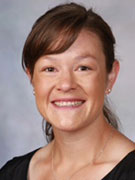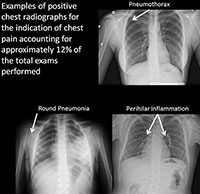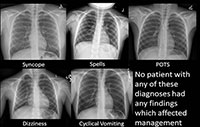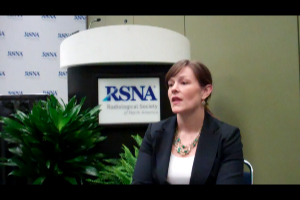Many Chest X-rays in Children Are Unnecessary
Released: December 03, 2014
At A Glance
- Approximately 88 percent of pediatric X-rays for chest pain included in the study did not alter clinical treatment.
- None of the patients who underwent chest X-rays for indications including fainting, spells, POTS, dizziness or cyclical vomiting had any finding that affected treatment.
- Optimizing radiation exposure and cost effectiveness are important topics in today’s healthcare environment, particularly in a pediatric population.
- RSNA Media Relations
1-630-590-7762
media@rsna.org - Maureen Morley
1-630-590-7754
mmorley@rsna.org - Linda Brooks
1-630-590-7738
lbrooks@rsna.org
CHICAGO – Researchers at Mayo Clinic found that some children are receiving chest X-rays that may be unnecessary and offer no clinical benefit to the patient, according to a study presented today at the annual meeting of the Radiological Society of North America (RSNA).
"Chest X-rays can be a valuable exam when ordered for the correct indications," said Ann Packard, M.D., radiologist at the Mayo Clinic in Rochester, Minn. "However, there are several indications where pediatric chest X-rays offer no benefit and likely should not be performed to decrease radiation dose and cost."
Dr. Packard and co-author, Kristen B. Thomas, M.D., head of the pediatric division at Mayo Clinic and assistant professor of radiology at Mayo Medical School, reviewed data from 718 pediatric chest X-ray exams ordered between 2008 and 2014 in Mayo Clinic's inpatient, outpatient and emergency room settings. The patients undergoing the exams ranged in age from newborn to 17 years old.
Of the 718 X-ray exams, 377 exams were ordered for chest pain, 98 indicated syncope (fainting) or presyncope, 21 indicated spells (a general feeling of being unwell or under distress), 37 indicated postural orthostatic hypotension (POTS)—a condition in which blood pressure drops suddenly when the individual stands up from sitting or lying down, and 185 indicated dizziness. Eighty-two of the 718 exams were excluded due to congenital or other known heart disease, and other causes.
The researchers found that in approximately 88 percent of the 330 non-excluded patients who presented with chest pain, the exam did not alter clinical treatment.
None of the patients who underwent X-rays for indications including syncope, spells, POTS or dizziness had any finding that affected treatment. Thirty-eight of the 330 non-excluded X-rays for chest pain were positive for pneumonia, bronchial inflammation, trauma, or other conditions.
"Approximately 12 percent of the chest X-rays for chest pain were positive and included respiratory symptoms such as cough, fever or trauma," Dr. Packard said. "There were no positive findings in any chest X-ray for syncope, dizziness, spells, cyclical vomiting or POTS for the past five years, even in our tertiary care center with referrals for rare diseases or unusual presentations."
Optimizing radiation exposure and cost effectiveness are important topics in today's healthcare environment, particularly in a pediatric population, Dr. Packard noted.
"This study addresses both of these issues, which is important not only for physicians but also for young patients and their parents," she said. "I would like this research to help guide clinicians and deter them from ordering unnecessary exams which offer no clinical benefit to the patient."
Note: Copies of RSNA 2014 news releases and electronic images will be available online at RSNA.org/press14 beginning Monday, Dec. 1.
RSNA is an association of more than 54,000 radiologists, radiation oncologists, medical physicists and related scientists, promoting excellence in patient care and health care delivery through education, research and technologic innovation. The Society is based in Oak Brook, Ill. (RSNA.org)
Editor's note: The data in these releases may differ from those in the published abstract and those actually presented at the meeting, as researchers continue to update their data right up until the meeting. To ensure you are using the most up-to-date information, please call the RSNA Newsroom at 1-312-791-6610.
For patient-friendly information on pediatric imaging, visit RadiologyInfo.org.
Images (.JPG and .TIF format)
and Video clips (.mp4 format)
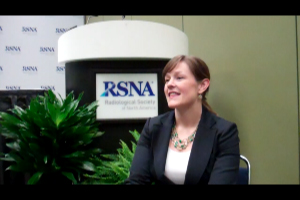
Video 2. Dr. Ann T. Packard discusses the most important finding of her study.
Download.mp4
(Right-click and Save As)
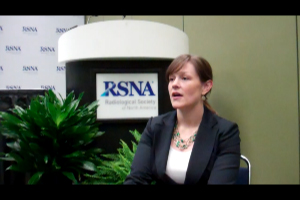
Video 3. Dr. Ann T. Packard discusses the circumstances where X-rays altered treatment.
Download.mp4
(Right-click and Save As)
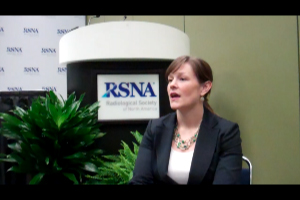
Video 4. Dr. Ann T. Packard lists the conditions where X-rays were unnecessary or unhelpful to the treatment of patients.
Download.mp4
(Right-click and Save As)
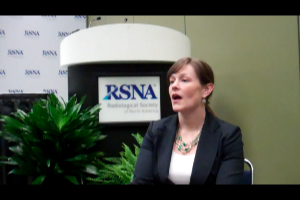
Video 5. Dr. Ann T. Packard discusses her hopes on how her research will impact practices.
Download.mp4
(Right-click and Save As)
